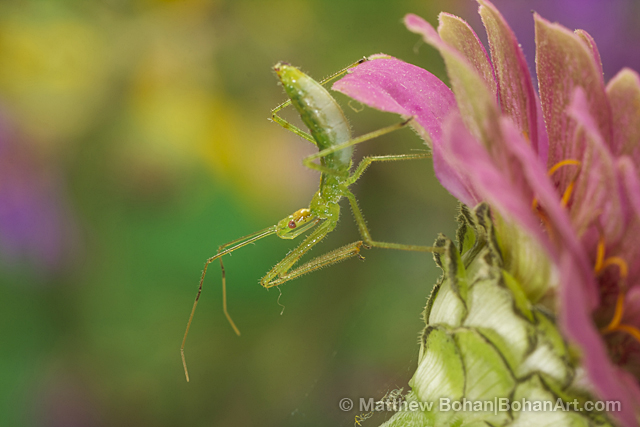
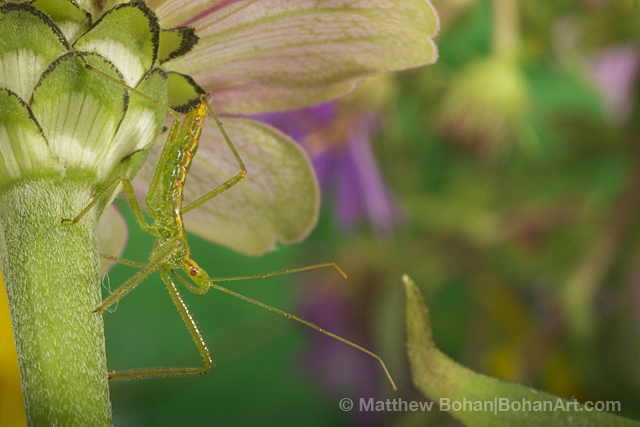
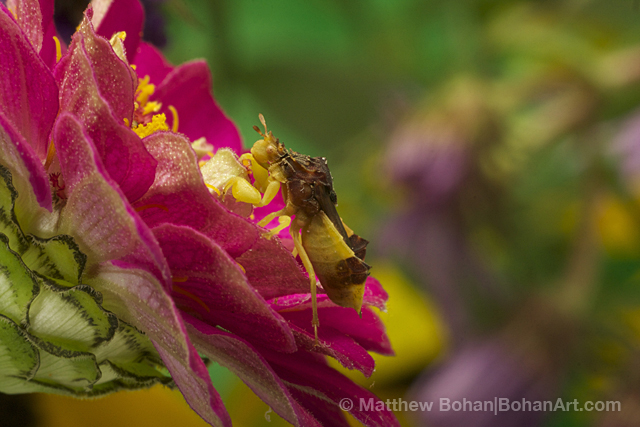
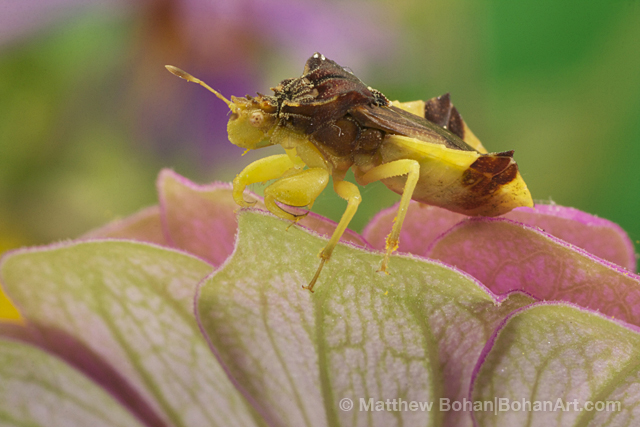
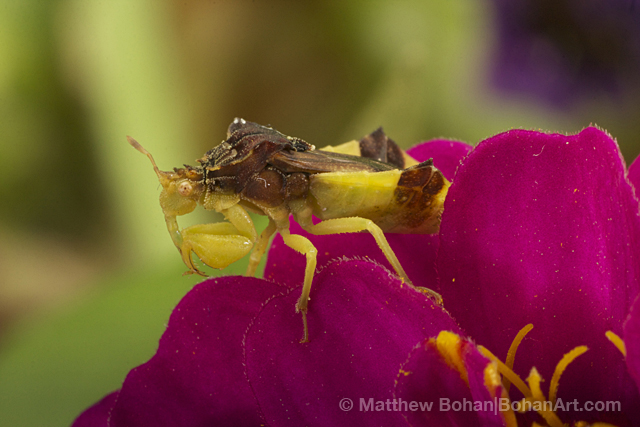
As the cold weather gets ready arrive in mid-Michigan I’ve been trying to photograph the last of the insects and spiders. I found these two fascinating specimens in our garden. Both are true bugs of the order Hemiptera. Hemipteran insects figured prominantly in the Parasitology course that I had in college. Don’t worry, neither of these beautiful backyard insects that I photographed are dangerous to humans. They are both from the family Reduviidae which are almost all ambush predators.
I’ve always found assassin bugs and ambush bugs interesting. Admittedly, they are a bit sinister in their predatory behaviors. Both insects like hiding in flower heads, waiting for unsuspecting pollinators to come in for dinner. Unfortunately, the pollinators will not be the ones getting a free meal. They become dinner for the ambush bug or assassin bug. Both bugs can take down prey many times larger than themselves. Often they will grab a bumble bee by its tongue as it tries to feed on nectar. After the initial grab, the ambush or assassin bug punctures the prey’s body with its sharp proboscis (seen best in the last photo.) Like spiders and mosquitoes, the assassin bugs eat by extra oral digestion. They deliver potent digestive juices through their proboscis into the prey and they slurp up their meal. No chewing necessary!
I have been bitten by assassin bugs before and I can tell you first hand that even some of the small ones can inflict a surprisingly painful bite that will stay with you for significantly longer than you’d imagine. I’d much rather by “tagged” by a wasp than one of these. That being said, when handled gently they can be tolerant. As a child in western New York I’d often find the assassin bug nymphs like the green one in the photos above. Not knowing their proper name I called them “Green Banana Bugs” because of their banana shaped abdomen. Little did I know that they could inflict a painful bite. I gently handled the nymphs all the time, fascinated by their long legs, green-yellow bodies and bright red eyes, yet never was bitten. That being said, I handle them with great precaution now!

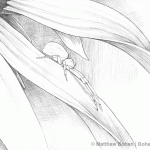
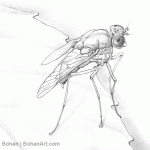
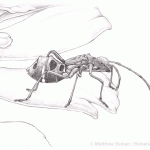
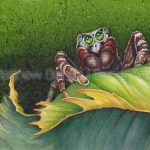
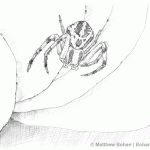
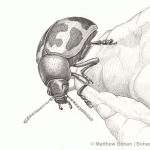
Leave a Reply